Siemens-Schuckert D.III, Eduard, 1:48, Vzfw. Fritz Beckhardt. Kesta 46, 17 victories.
Pleasant construction, only the placement of the lower wing is a little more difficult than with the older edition of this model. Also, the color of the lozenges of the upper surfaces seemed a bit questionable to me, but then I saw a flying replica of this plane on Tik Tok with the same lozenge color, so I kept the original one from the kit. At least it's not in a display case among other lozenges, so bland.
The Siemens-Schuckert D.III was a German single-seat fighter aircraft built by Siemens-Schuckert Werke. The D.III was a development of the earlier Siemens-Schuckert D.IIc prototype. The D.III was an equal-span biplane powered by a 160 hp (119 kW) Siemens-Halske Sh.III twin-rotor engine. Idflieg placed an order for 20 aircraft in December 1917, followed by a second order for 30 aircraft in February 1918.
Around 41 D.IIIs were delivered to front-line units between April and May 1918. Most of the aircraft were delivered to Jagdgeschwader II, whose pilots were delighted with the new aircraft's handling and rate of climb. However, after only seven to 10 hours of service, the Sh.III engines began to show serious problems with overheating and piston seizure. The problem was later traced to Voltol mineral oil, which was used to replace the now scarce castor oil. In addition, the tight-fitting engine cover provided insufficient cooling to the engine.
At the end of May 1918, Jagdgeschwader II replaced its D.III with older Fokkers Dr.I. The remaining D.IIIs were returned to the Siemens-Schuckert factory where they were retrofitted with new Sh.IIIa engines, enlarged rudder and cut fairings to provide better airflow. A further 30 new production D.IIIs incorporated these modifications. Total production was 80 aircraft.
In July 1918, the D.III returned to active service as a fighter with home defense squadrons. By this time, the D.III had been replaced in production by the Siemens-Schuckert D.IV.
Vizefeldwebel Fritz Beckhardt (27 March 1889 – 13 January 1962) was a German Jewish fighter ace in World War I.
He then trained as a pilot at FEA 5 in Hanover in January 1917. His first operational assignment, from 29 August to 14 November 1917, was with FA 3, flying exceptionally long reconnaissance missions. Transferred to Schust 11. Attended Jastaschule 1 to upgrade to fighter pilot status. He then went on to Jagdstaffel 26, serving from 17 February 1918 to 20 May 1918; Hermann Göring also served in Jasta 26. Beckhardt and Göring were stationed at the same airfields for eight months and knew each other well. On 23 March 1918, Beckhardt made his first combat claim of victory over a Royal Aircraft Factory SE5a, but this remained unconfirmed. On 11 April, he scored his first victory over the Royal Aircraft Factory RE8.
On 23 March 1918, Beckhardt made his first combat claim of victory over a Royal Aircraft Factory SE5a, but this remained unconfirmed. On 11 April, he scored his first victory over the Royal Aircraft Factory RE8.
Somewhat ironically, Vizfeldwebel Beckhardt's personal insignia, which featured on at least three of his aircraft, was a swastika; however, the swastika was not yet a Nazi symbol at the time, and Beckhardt's swastika turned in the opposite direction to the Nazi one. The coloring of the fuselage of his machine at the Kesta 46 was green. With this machine in September 1918, he shot down two Breguets. Later on Kesta 5, the hull coloring was black, according to the colors of Kesta.
When the armistice ended the fighting on November 11, 1918, he refused to surrender his fighter plane. Instead, two days later he flew his Siemens-Schuckert D.III to Switzerland and was interned until 1919.
Beckhardt was one of three German Jews awarded the House Order of Hohenzollern; others were Edmund Nathanael and Wilhelm Frankl. The names of Nathanael, Frankl and Beckhardt were removed from the list of recipients during the Nazi era. German Emperor Wilhelm II personally congratulated him twice. to his achievements as a fighter pilot.
In 1937, Beckhardt was accused of having sexual relations with a non-Jewish "Aryan" woman. As a result of the trial on December 14, 1937, he was convicted and sent to prison for a year and nine months. After his time in prison, he was transferred to protective custody in a punishment company at Buchenwald concentration camp as prisoner No. 8135. After his release in March 1940, his SS records recorded 17 victories as a fighter pilot during WW1. Hermann Göring apparently pleaded on sentimental grounds for his old comrade in arms to facilitate his release.
Beckhardt ran the grocery store until his death on January 13, 1962. His death was caused by multiple strokes. He and his wife are buried in the Jewish cemetery in Wiesbaden.
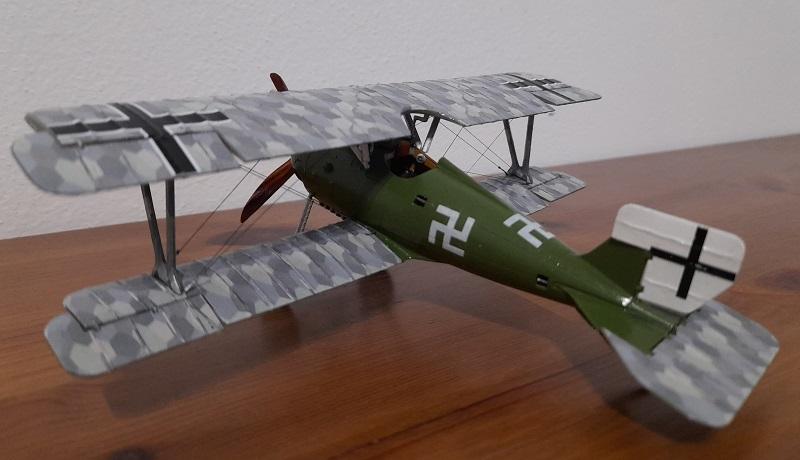

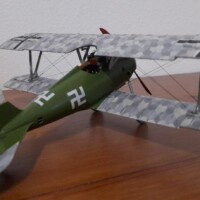

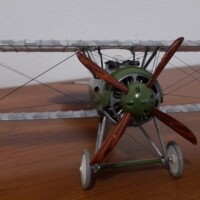
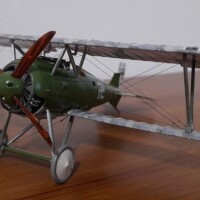

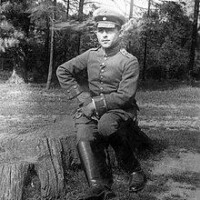
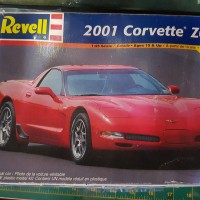
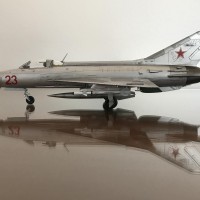
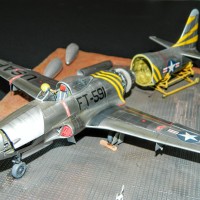
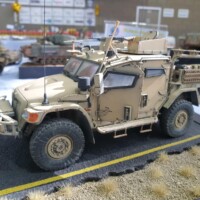
Well done, Milan
Thanks Gary.
IIRC, the Siemens-Schuckert D.III, is one of Eduard's first kits (perhaps their first kit), and, as such, is pretty old. You have done a magnificent job on this kit, and your hard work has paid of with a beautiful model. Congratulations!
Thank you Marvin.
Nicely done Milan, really like the paint scheme.
Thank you Tom.
Another beautiful subject, Milan @milantesar
A great addition to your already impressive collection.
Very interesting topic as well.
Thank you John.
Milan: the best, most accurate lozenge comes from a little company called "MicroSculpt." Look them up on eBay, they have four and five color lozenge. Worth every penny.
Your model looks superb, regardless of the lozenge accuracy or not.
Thanks Tom for the tip. I normally use transparent pastilles from HGW and I think they are very good. I purposely used these controversial ones on this model just because they stand out from the white colors. I'm not an ardent dogmatist and it looks good in the display case. The pastilles on my other models will be back to normal.
Fantastic result, Milan! Loved reading the plane's facts and the history of Fritz Beckhardt!
Thank you Spiros.
Beautiful model, Milan, including the lozenges. Fritz sounds like a bit of a lad.
Thank you George.
Another fine model from your workbench Milan, with a very interesting narrative also.
Thank you Ian.
Excellent build!
Thank you Chas.
Excellent model! I really enjoyed your write-up also.
Thank you Robert.